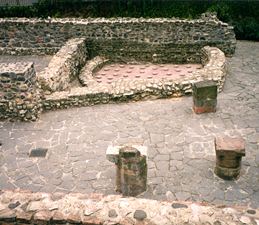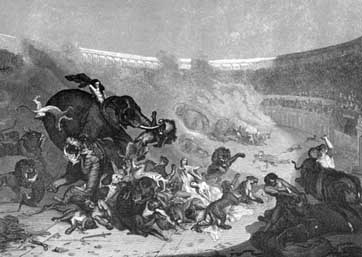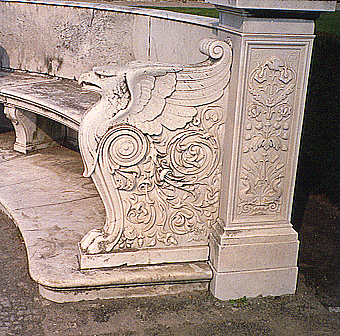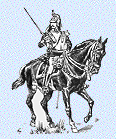German-Russian myths about the supernatural, superstitions, witches, merlins, ghosts, fairies, and other phenomena.....
Last Updated: 20 Aug 2003
Near the French town of Coligry in 1897 archaeologists discovered pieces of a Keltic calendar set in bronze. It held the dates of the Keltic festivals as well as dates which were showing times to plant, harvest, bringing in the herds, slaughtering beasts and other times necessary date which needed to be known .... It is said by historians the Keltic calendar held no similarity to the Julian or Georgian calendar.
The Keltic religious calendar was [in part]:
1 Feb: Imbolc Feast celebrated the renewal and purification which was dedicated to the goddess Brigit [later the Christians would call her Saint Brigit].
1 May: Beltaine Day was the day prayers were spoken to the gods whom they ask to ward off the northern storms and wind so their crops would be bountiful.
21 June
Summer Solstice [Equinox] Celebration on 21 2003 - Germany
"Burning off the winter cold"
1 Aug.:Lugnasad [Lammas] Festival celebrated fertility of fruit, beast and humans.
31 Oct: Samain [All Saints Day ; Halloween] was dedicated to all the gods and other inhabitants of the "other worlds" who's chaos created the worlds order of everything. In other words, as the gods and ancestral spirits wander about the living on this night, and because of this meeting of the dead and the living "we are as we are in the order of life here on earth".
The Keltic priest were called Druids. According to Julius Caesar the Druids officiated the worship of the gods and were in charge of public and private sacrifices, and, gave guidance on religious questions. They, also, were acting judges in all disputes between individuals and tribes. The Druids had knowledge of physics, astronomy and medical. Many were poets and foretellers of the future. Their work was mental not physical
The ancient Druids held a connection to the mystical oak tree. "Dru" meant oak and "id" or "wid" meant "to know". Druids had knowledge of the oak tree which to the Keltics was their "trees of life". Buddha had his Asvattrha tree in India. While Buddha sat under his Asvattrha tree to think, the Druid sat under his oak tree to think and probably utter to his students his knowledge of all things important in the world of the Keltics.
150 A.D. Julius Caesar's military defeated the Kelts.

In a the middle of Franfurt, Germany is the uncovered remnants of the Romans during the time of Julius Caesar.
Remmick-Hubert Collection, 1991
The Romans accused the Druids having used human sacrifices in their rituals....

Meanwhile, back in Rome, special events occurred in the huge collesium to entertain the people of Rome. The Roman slaves, some from Germanicus, known as Gladiators, fought in huge coliseums to their deaths. Not a religious sacrifice, this is true, however, these people were sacrificed, and they were sacrificed for pleasure.
To stop the power the Druids held over the Kelts, the Romans buried alive the Druids who were found continuing their "tribal" beliefs and rituals.
In time the Romanized Kelts blood and heritage and beliefs were mixed in with the new invaders the Germanic tribes known as the Teutonic and Cimbrians tribes from the north .

Stone Eagle Bench
Found on the grounds of San Souci, a Hohenzollern Palace, in Potsdam near Berlin. The eagle was revered as the most powerful bird in Germanic mythology. And here it is a decoration on an old stone bench on the palace grounds.
Remmick-Hubert Collection, 1991.

Borodino Home Site |
Hubert Home Site
|
Remmick Home Site Your Are Here |
Edenkoben. Home.Site |